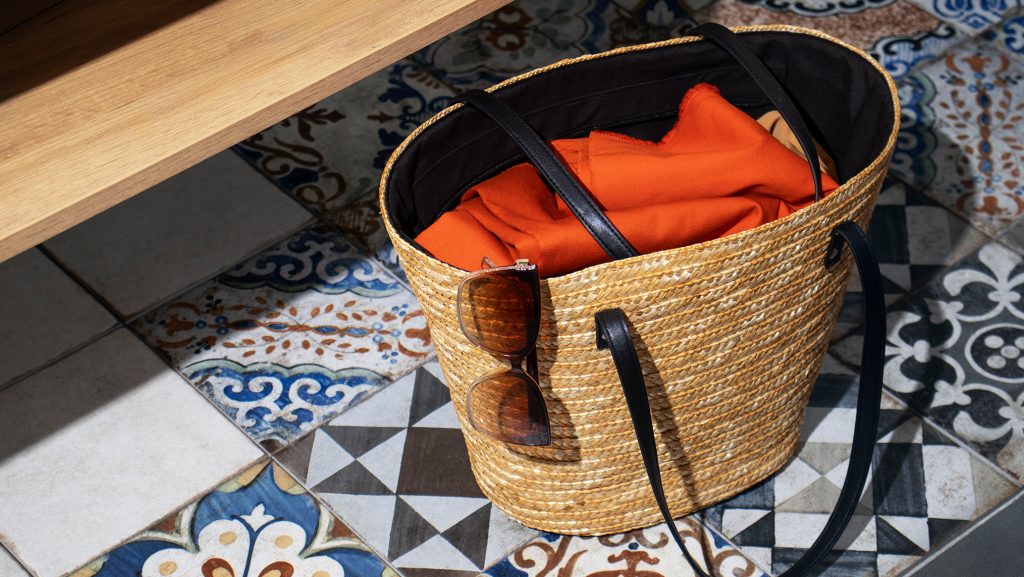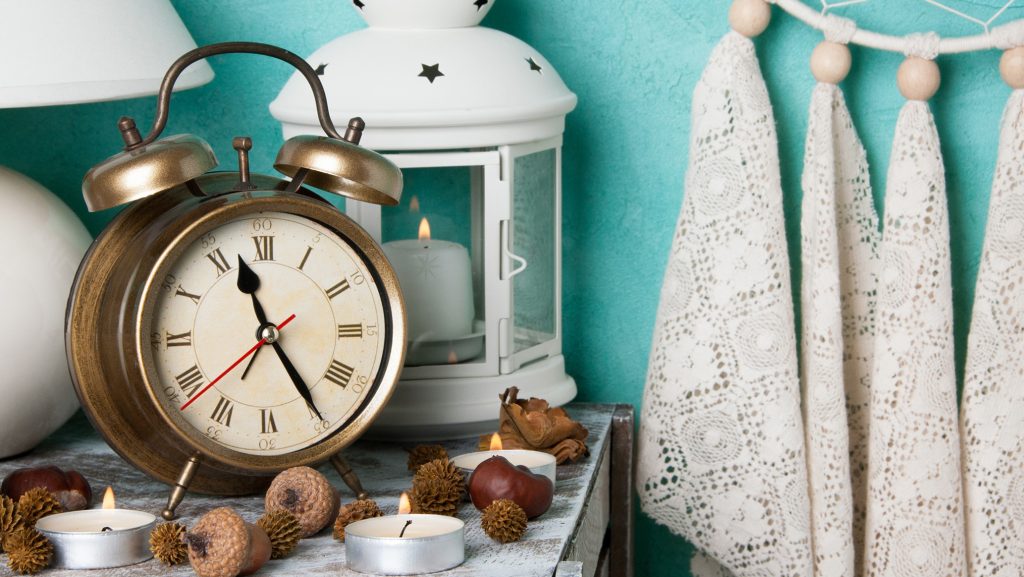
Vintage Vibes: Embracing Retro Design in Modern Homes
When it comes to interior design and renovation, many homeowners are opting for a more traditional approach today. Retro design, once seen as outdated, is making a powerful comeback—and not just in nostalgic homes or themed cafes. From warm wood finishes to bold geometric patterns, vintage aesthetics are being reimagined in fresh, modern ways that add charm, personality, and a touch of timelessness to contemporary spaces.
If you’re considering blending the old with the new in your next renovation project, here’s how to embrace vintage vibes without losing modern functionality.
Why Retro Design Still Resonates
The retro design draws inspiration from the 1950s to the 1980s—an era characterised by bold colours, clean lines, and playful experimentation. It evokes a sense of familiarity and comfort that many homeowners find appealing in today’s fast-paced, high-tech world. But it’s not just about style. Retro interiors were often designed with functionality in mind—something that aligns well with the needs of modern living. Combining retro elements with innovative design practices creates a unique and meaningful home aesthetic.
1. Start with Signature Pieces
The key to achieving a retro-modern balance is to focus on a few standout pieces that complement each other. A mid-century modern armchair, a vintage credenza, or a bold pendant light can anchor your living space.
Consider visiting second-hand stores, vintage markets, or even your family’s attic for unique pieces that you can use as a statement piece for your vintage interior. For unique pieces that you can use as a statement piece for your vintage interior.These pieces often come with stories—nothing gives a space more character than items with a bit of history.
2. Use Colour Thoughtfully
Retro interiors are known for their rich, contrasting colour palettes—mustard yellow, olive green, burnt orange, and teal. But in a modern context, balance is key. Instead of coating every wall in bold hues, use these colours as accents.
You can integrate them through pillows, curtains, rugs, or a single feature wall. Pair them with neutral backdrops, such as white, beige, or grey, to avoid overwhelming the space.

3. Embrace Patterns and Textures
Geometric shapes, floral prints, and funky wallpaper designs were all the rage back in the day. While you might not want to fully replicate a 1970s wall-to-wall print, incorporating smaller elements—such as a patterned backsplash or a retro-style rug—can bring just the right touch of whimsy.
Also, think about texture. Incorporate wood panelling, velvet cushions, terrazzo tiles, or rattan furniture to create that layered, lived-in retro feel.
4. Mix with Modern Minimalism
Modern design often emphasises clean lines, open spaces, and minimal clutter. Interestingly, this can complement retro pieces beautifully. A sleek interior can act as a canvas that allows vintage elements to shine.
For example, a retro coffee table looks right at home in a living room with simple white walls and a minimal sofa. The contrast enhances the uniqueness of both styles.

5. Upgrade with Modern Comfort
While you’re embracing retro aesthetics, don’t forget the importance of modern convenience. One of the great things about blending eras is that you don’t have to compromise on comfort or functionality.
For instance, you can keep that 1960s sideboard but use it to conceal modern tech, such as routers or charging stations. Or install a retro-looking SMEG fridge with all the energy efficiency of a contemporary appliance. It’s all about clever interior design and renovation choices that fuse form and function.
6. Lighting That Sets the Tone
Vintage-inspired lighting can instantly transform a space. Consider globe-shaped pendant lights, sputnik chandeliers, or brass floor lamps. These fixtures not only provide illumination but also act as sculptural design elements.
Pair them with warm-toned LED bulbs to recreate the cosy, amber glow typical of retro homes—perfect for setting a welcoming mood.

7. Don’t Forget the Details
Small touches make a big difference. Consider incorporating retro-style handles on your cabinets, classic rotary-style clocks, or framed vintage art prints to add a touch of nostalgia. Even your choice of curtains or kitchen tiles can echo a nostalgic theme without overpowering the room. These subtle nods to the past tie your space together, showing that every detail has been carefully considered.
FAQs
1. Is it expensive to incorporate retro elements into a modern home?
Not necessarily. Many retro furnishings and decor pieces can be found at second-hand shops, vintage markets, or online auctions, often at more affordable prices than new designer items. Upcycling family heirlooms or repurposing old furniture is also cost-effective and adds unique character to your space.
2. How do I avoid making my retro-inspired interior look outdated?
Focus on blending vintage accents with modern features—use retro colours or patterns in moderation and pair statement pieces with minimalist backdrops. Functional updates, contemporary lighting, and quality finishes keep the look fresh and relevant while retaining classic charm.
3. What retro design trends work best in smaller spaces?
Compact vintage furnishings, geometric rugs, bold accent décor, and textured wall panels can all enhance small rooms without overwhelming them. Opt for lighter retro hues or sleek mid-century pieces that provide style and practicality without cluttering your space.
Conclusion: Vintage Meets Vision
Designing a home that bridges past and present is about more than trends—it’s about storytelling. Retro design connects us to the aesthetics, values, and creativity of earlier decades, while modern updates ensure we enjoy today’s comforts.
Integrating retro design into your interior design and renovation project could be the perfect solution if you’re planning a renovation and want something unique and timeless. Whether you opt for a whole-vintage theme or incorporate a few nostalgic touches, the result will be a home that feels personal, warm, and wonderfully stylish.


